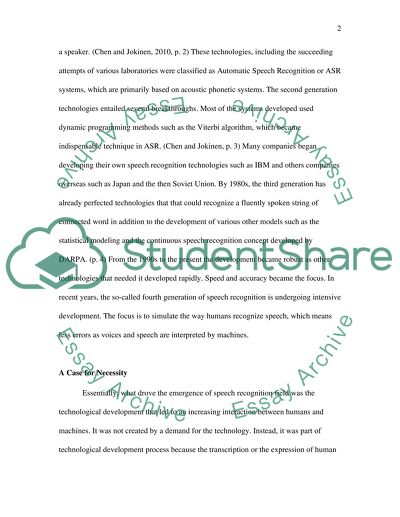Cite this document
(“Technology - Voice Recognition Essay Example | Topics and Well Written Essays - 1500 words”, n.d.)
Technology - Voice Recognition Essay Example | Topics and Well Written Essays - 1500 words. Retrieved from https://studentshare.org/miscellaneous/1589249-technology-voice-recognition
Technology - Voice Recognition Essay Example | Topics and Well Written Essays - 1500 words. Retrieved from https://studentshare.org/miscellaneous/1589249-technology-voice-recognition
(Technology - Voice Recognition Essay Example | Topics and Well Written Essays - 1500 Words)
Technology - Voice Recognition Essay Example | Topics and Well Written Essays - 1500 Words. https://studentshare.org/miscellaneous/1589249-technology-voice-recognition.
Technology - Voice Recognition Essay Example | Topics and Well Written Essays - 1500 Words. https://studentshare.org/miscellaneous/1589249-technology-voice-recognition.
“Technology - Voice Recognition Essay Example | Topics and Well Written Essays - 1500 Words”, n.d. https://studentshare.org/miscellaneous/1589249-technology-voice-recognition.


